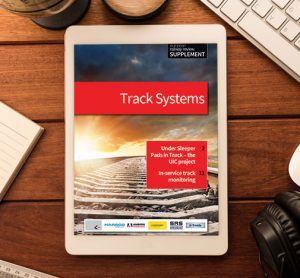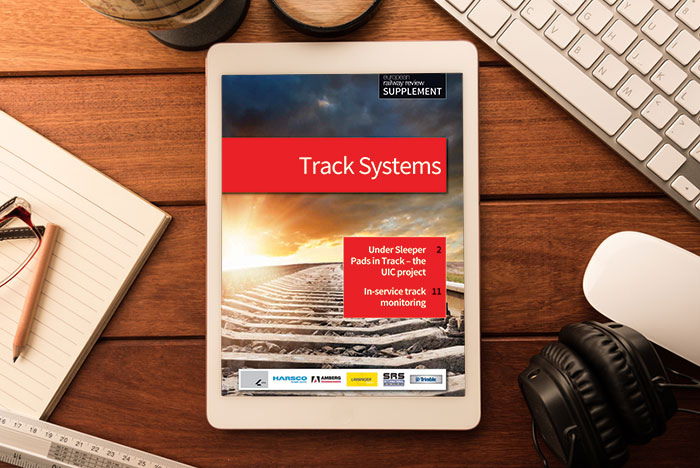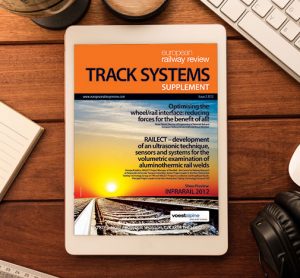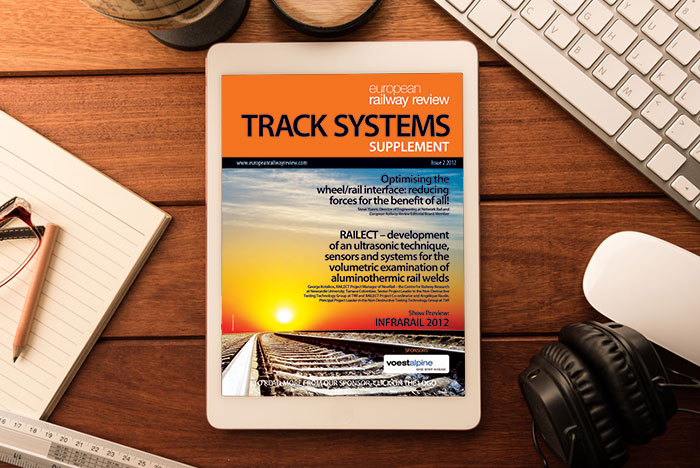Rail steel grades in track
1 August 2013 | By Peter Veit, Head of the Institute for Railway Engineering and Transport Economy, Graz University of Technology, Austria
Since 2002, track strategies at the Austrian Federal Railways (ÖBB) have been based on life-cycle cost calculations1. These basic strategies have been adopted due to new technologies – for example the use of under sleeper pads, changing price levels, and the phenomena of rail contact fatigue2 (RCF). The basic data…










